IMPROVE MY GAME
Articles
The Use of Neurokinetic Therapy (NKT) in Conjunction with TPI Physical Screen
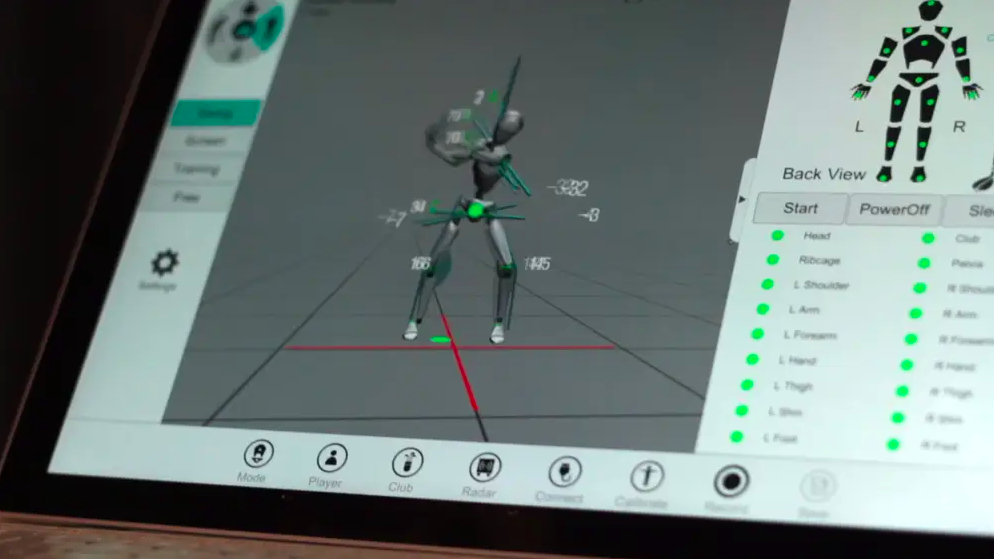
Neurokinetic Therapy also known as NKT is a sophisticated assessment and treatment modality that addresses the causes of dysfunctional movement/coordination problems at their root in the motor control centre in the cerebellum. The motor control centre stores these patterns and directs their completion through the spinal cord and the muscles. The motor control centre learns through failure.
So what does that mean exactly?
It means we assess the causes of dysfunctional movement or coordination problems by identifying the faulty motor control pattern and provide treatment to reset the motor control centre in the brain to make it work properly again. The motor control centre has a lot of learned effects and history of injuries, trauma and scars can all significantly affect how one control movement.
How can this be used with TPI physical screen in improving Body-Swing Connection?
With looking at how the body function in the golf swing, we start with the TPI physical screen to identify any movement patterns restrictions that may be related to your swing characteristics. This is often done with the 16 screens we use to screen the movements required by each body part for your golf swing. Once the restrictions are identified and analyzed with the golf swing movement, we will then go into looking at the restrictions to find out the underlying cause of it.
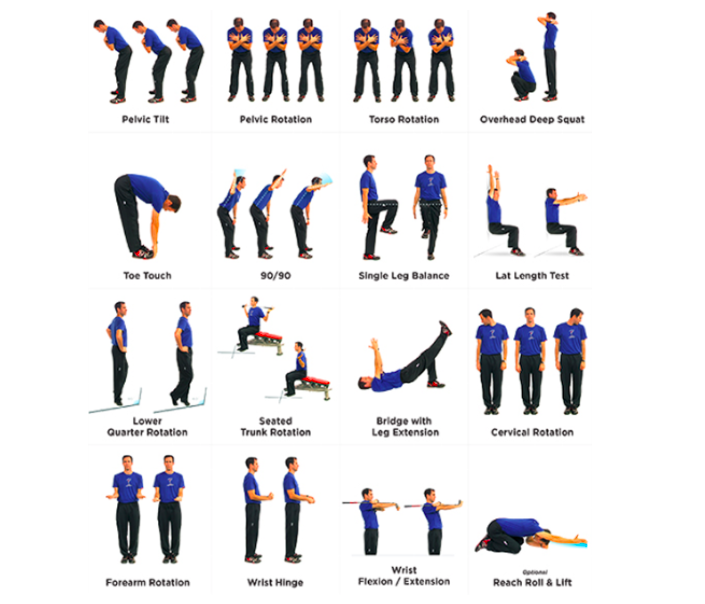
With Neurokinetic Therapy (NKT) protocol, we can then break down joint by joint after using Selective functional movement assessment (SFMA) to check the dysfunctional movement pattern or pattern restrictions. We utilize muscle pattern firing testing, to find out which muscles are facilitated and Inhibited, deducing how they are utilized in relationship to execute the movement required in your golf swing.
This is commonly used to identify the cause of a physical restriction, coordination problem or painful dysfunction. Once the relationship is established, we can then utilize different ways of treatment to reset the muscle activation pattern through your motor control centre in the brain to help improve your movements.
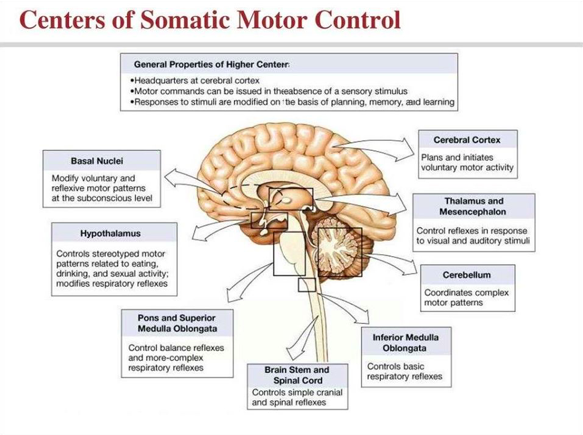
Here’s a case study on how it is used in practice to help improve body-swing connection:
Swing Characteristics: Over the Top and C-posture
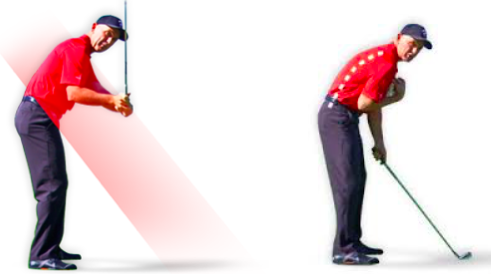
TPI Screens Results:
Failed:
-
Overhead deep squat
-
Pelvis rotation test
-
Pelvis tilt test
-
Torso rotation test
-
Shoulder 90/90 test on both shoulders in standing and golf posture
Relationship to Swing Characteristics:
-
Difficulty in separating upper body and lower body - weak core control for stabilization to rotate and restricted lumbopelvic rotation
-
Difficulty in controlling pelvis tilt through pelvis rotation
-
Difficulty in external rotation of shoulder - that causes shoulder to be too steep at the top of backswing
-
High riding and forward rotated scapula limiting shoulder external rotation
Through NKT Protocol testing, few relationships were deduced for the dysfunctional movement patterns:
1) Overactive trail shoulder pectorals - inhibited lead internal oblique muscles and trail multifidus
For a right handed golfer, if right shoulder pecs/chest is overactive - you commonly see a rounded shoulder posture and tightness in the front of shoulders. That can cause inhibition in your left internal oblique muscles and right multifidus muscles which are responsible for initiating the rotation of your trunk towards the left side. Inability to activate the obliques and multifdus properly can often lead to difficulty in using your core to separate your hips from upper body to initiate the downswing transition.
As discussed in previous TPI blogs, upper cross syndrome is a very common pattern seen in golfers with C-posture. The tight pectorals muscles lead to the pectorals being facilitated and can inhibit lower traps and inner core muscles that are crucial in creating lumbopelvic rotation and separation.
Both internal and external obliques are crucial in creating trunk rotation throughout the swing, especially in the separation of the lower body from upper body to initiate the downswing.
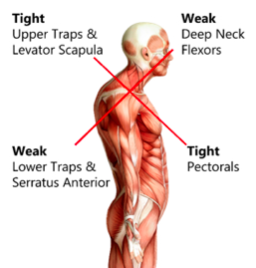


2) Overactive trail shoulder pec minor and upper trapezius - inhibited trail infraspinatus and latissimus dorsi muscles
Similarly, a rounded shoulder with tight pecs and chest and also limit the amount of external rotation in your shoulder which you need to have around 90 degrees in order to set at the top and shallow the club properly in the downswing. With the tight rounded shoulders, your infraspinatus muscles (of rotator cuff) is inhibited causing the limitation in holding shoulder in external rotation; where as your lats can be inhibited as well in firing to adduct your arm to the body as your trunk rotate left in the downswing. As a result, that causes the arm to come from outside away from the body due to the hiking and rounding of trail shoulder as your pec minor compensates for the movement.
Pec minor (black arrow in image) and the more commonly pec major are commonly the cause of tight and rounded shoulders along with upper trap muscles.
As the rotator cuff muscles are acting in opposition of pectorals to stabilize shoulder blade for shoulder rotation, it is commonly inhibited when the shoulder is pulled forward due to tight and facilitated pectorals.
3) Overactive diaphragm or scar - inhibited deep core stabilization - TVA and Gluteus Maximus
Last but not least, an overactive diaphragm and scar are also very common. As scar tissues don’t have the same elasticity component to them, it is common that they hold tension which affects the deeper muscles under it. As for diaphragm, being the only muscle in the body that is constantly working to control your breathing - it is always easy to overuse it to compensate for inhibited and weaker muscles just as commonly as holding your breath while trying to exert more force. These structures all lie close to your deeper core muscles - which are very important in separating your body and creating rotation throughout the swing - so they shouldn’t be overlooked when we are assessing your body functions.
With a facilitated diaphragm it is easy to create fake bracing of core stability by holding your breath in. That results in increased overall tension and affect your body rotation as a whole.
With a proper diagnostic of the cause of physical limitation and pain patterns, we can then treat the root cause to help you be more efficient in your body swing connection!
Here’s a few exercises from the TPI library that would be beneficial in improving the body-swing connection:
- Chest Stretch on Foam Roller Dynamic - This helps with opening up the chest and stretching of pectorals muscles while engaging lower trap and rotator cuff to mobilize the shoulders.
- Oblique Crunch Resisted - Following the release of the facilitated pectorals, this exercise will help activate the obliques on both side to turn them on.
- Gentle Ab Rolls - Once the obliques are activated, this exercise is a good first step to separation while keeping core engaged and stabilized to promote pelvis rotation.
- Supine Egyptian Presses - With the pectorals being relaxed, the inhibited rotator cuff muscles can be activated through this exercise to improve shoulder joint rotation and stability.
- Supine Pelvis Tilt - To correct the inhibited deep core muscles by facilitated diaphragm, this will be a good exercise to start with as the exhalation will allow proper activation of transverse abdominis, leading to proper pelvis tilt control.
- Dead Bugs Alternate Arm & Leg - Once you master the pelvis tilt control through proper breathing, this exercise challenges your body to stabilize your core while alternating movements of limbs.
Through identifying the motor control pattern dysfunction in conjunction with TPI physical screen, it helps golfers understand the anatomy of muscles and relationship between muscle activation and movement in the golf swing. As a result, it will improve their body-swing connection and also improve the efficiency of making swing changes prescribed by the golf coaches. As every body compensates differently due to history of previous injuries or trauma, it is important to address all factors and only stretch the facilitated muscles and activate the inhibited muscles so changes made can be achieved more efficient and consistent.

Michele Liew, MS, CAT(C), ATC is a Certified Athletic Therapist and holds a Masters in Sports Medicine from University of Florida where she completed her residency in Sports Biomechanics with a research interest in 3D Golf Biomechanics. Michele is TPI Level 3 Medical Certified and practices out of Toronto. Michele herself is a former competitive golfer and has continued to pursue her studies in sports medicine by studying the relationship between functional movements, injury prevention and performance enhancement in golfers. Through her interest in golf biomechanics, she started Swing Lab Performance & Therapy to help golfers improve how they move to prevent any injuries or rehabilitate from an injury to enjoy the sport they love. Moving well is a key and can help make the golf swing a lot more efficient and easier on the body. To contact Michele, please feel free to email her at swinglabperformance@gmail.com or on Facebook & Instagram @michelexyn_liew & @swinglabto. Michele Liew, MS, CAT(C), ATC Biomechanics & Injury Specialist Certified Athletic Therapist TPI Medical Level 3 Certified Neurokinetic Therapy (NKT) Practitioner 416.824.2980 swinglabperformance@gmail.com